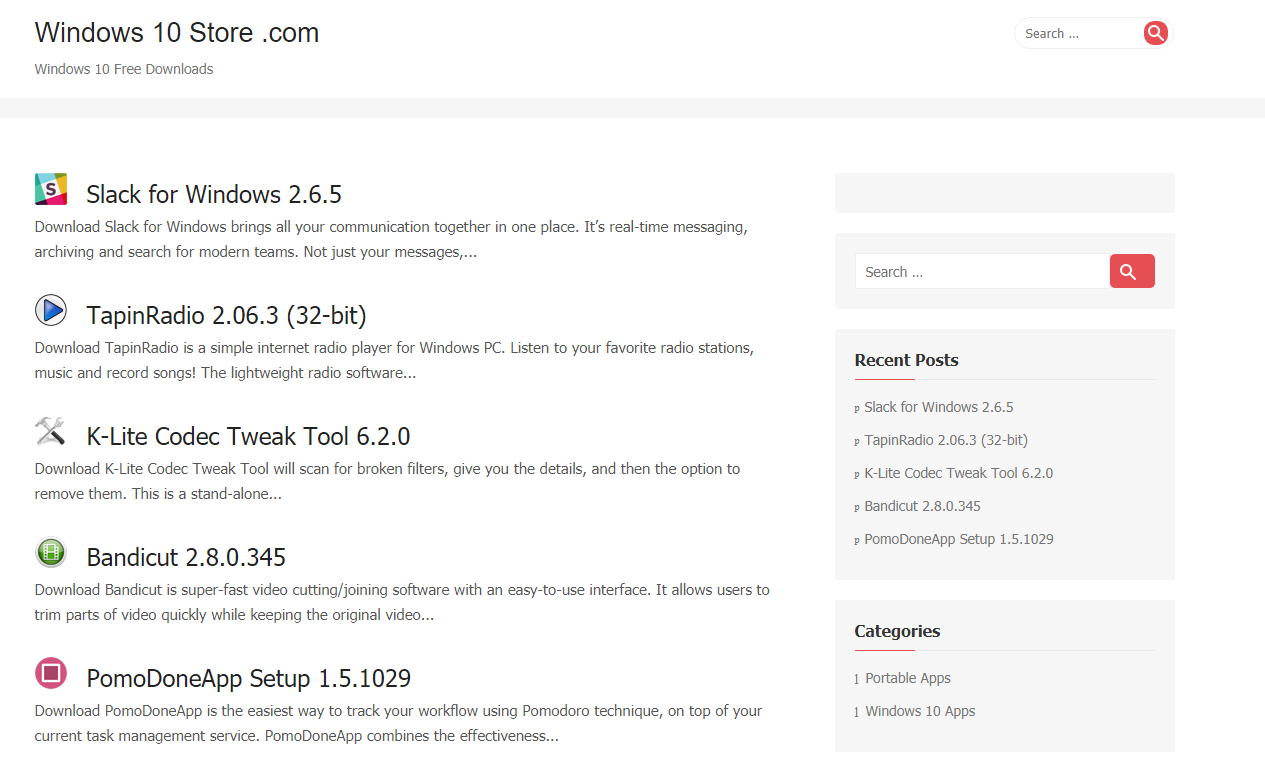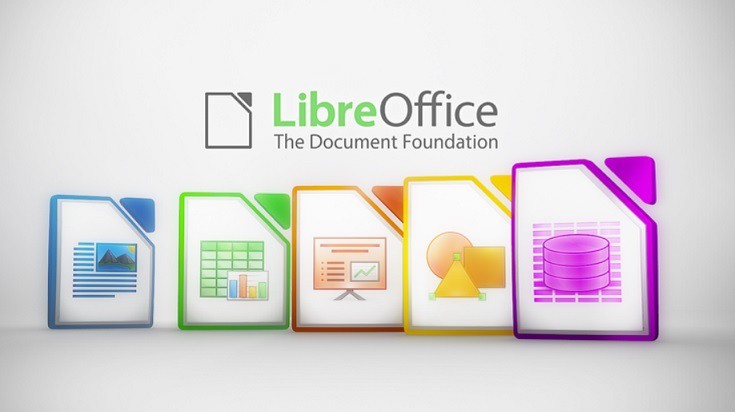Best Free Office Suite For Windows 10
Well, rest assured that the best alternatives to Microsoft Office offer robust features and compatibility. Whether you're running Windows, MacOS, or Linux, there's something for everyone.
The Prime Productivity Tool
Once upon a time, an office suite was a cluster of rooms in a brick-and-mortar building in which people gathered on weekdays to type letters, hold meetings, calculate earnings, and design advertisements. Today, an office suite is a batch of productivity applications on your desktop, laptop, or mobile device where you do all those things, either alone or in collaboration with other people doing similar things on their own devices. You're likely to do them at any hour of the day or night, wherever you happen to be. You've lost the water cooler, but, overall, you've probably gained in efficiency.
Microsoft Office, whether installed as a standalone set of apps or as part of the subscription-based Office 365 service, is the colossus of office suites, one that much of the world uses by default. That doesn't mean that Office is necessarily the best suite for your specific purposes, so PCMag.com recently surveyed both Office and its major rivals from Apple, Google, Corel, and the Document Foundation. Some of these alternatives are free. Some, like Office itself, are more or less expensive depending on the version you choose. Some are resident only on your hard disk, others live partly or wholly in the cloud. If you're curious about alternatives to Microsoft Office, read on.
Three apps remain the core of every office suite, whether it comes from Microsoft of not. At base, an office suite is made up of a word processor, a spreadsheet, and a presentation app. Depending on the suite, and in some cases depending on which version of a suite you choose, you also get a mail and calendar app, a database manager, PDF editing software, a note-taking app, website-creation tools, and any of a dozen miscellaneous apps and services ranging from web conferencing through form-building. Some suites have morphed into online services, so Microsoft Office exists both as the familiar desktop Word, Excel, and PowerPoint apps and as a subscription-based Office 365 service that comes in variously priced plans that include web-based features like real-time collaboration, online storage, and video conferencing.
What You Get in an Office Suite
One thing that all of today's suites have in common is that their core apps—the word processors, spreadsheets, and presentation apps—share a lot of their underlying code, so that, for example, the drawing tools in the presentation app are typically also available in reduced form in the word processor and spreadsheet. Also, the core apps typically share a similar interface, so you can move from one to the other without having to learn where to find basic features.
For better or worse—and I think, on the whole, it's mostly for the better—Microsoft Office sets the standard for all other office suites, and all other suites let you save documents in Office's file formats. Every other suite on the market offers special advantages that Office itself can't provide. The Document Foundation's LibreOffice, for example, is fully open-source, so security-conscious users can be confident that their office apps aren't sharing data with Microsoft, Apple, or anyone else.
Google's commercial G Suite and the free Google Docs, Sheets, and Slides keep all your documents in the cloud, which may be an advantage if you're always on the road, but a disadvantage if you want the editing power of a desktop app like Word or Excel. You can download Google's documents in standard formats like those used by Microsoft Office or LibreOffice, but the originals are always in the cloud and (with some special exceptions) can only be edited in Google's browser-based and mobile-app interface.
Here are the basics of today's major suites. With Microsoft Office and Office 365, you get Word, Excel, PowerPoint, OneNote, Outlook, and miscellaneous other features; some versions include the Access database manager, the Publisher desktop-publishing package, and even flowchart and diagramming app Visio.
Results 1 - 11 of 75 - Instant downloads for 97 free baseball fonts. For you professionals, 14 are 100% free for commercial-use! I have a couple fonts picked out, but I want them to read easy & not look too cartoonish. What do some of the pros use for fonts for last names. Download free baseball fonts. No hassle, no fuss, find thousands of high quality free fonts on Fontsc. Mar 26, 2018 - Hit a Homerun With These Cool Baseball Fonts. Herchey Script. S&S Nickson Font Bundle. American Forkball. Monoslam Font. HUDSON NY FAMILY. Seren Script. Create the coolest t-shirts, banners, posters and more with this sans serif by TypeFaith Fonts. Gabriel Oviedo.  College by Matthew Welch. 2,019,524 downloads (548 yesterday) 21 comments 100% Free - 4 font files. Jersey M54 by justme54s. 955,259 downloads (413.
College by Matthew Welch. 2,019,524 downloads (548 yesterday) 21 comments 100% Free - 4 font files. Jersey M54 by justme54s. 955,259 downloads (413.
Free Office Software For Windows 10
Office for the Mac includes slightly different versions of Word, Excel, PowerPoint, Outlook, and note-taking app OneNote, but no counterpart to Access or Publisher. When you buy Microsoft Office, for either Windows or the Mac, you get the version that's current when you buy it, with occasional free updates to any future major version, and it only gets updated with security updates from Windows Update, not with new features. When you subscribe to Office 365, your copies of the office apps are automatically updated with new features every three months, and you don't have to pay extra when the current Office 2016 apps get replaced by an overhauled new version in the future.
By default—though it's easy to change this—Microsoft's apps save documents in Microsoft OneDrive, a cloud storage and syncing service that normally keeps copies of your documents on your hard disk and in the cloud, so you can edit them with your desktop-based apps even when you're offline. Microsoft—like Apple—makes it easy to edit and access your documents either online through a browser or locally through a desktop app, and it's one of Office's major advantages.
Microsoft Office Alternatives
If you're ready to switch from Microsoft Office—or if you simply want an alternative—you'll need to be prepared to deal with the inconvenience of using non-Microsoft document formats in an Office-centric world. The only document formats that everyone can handle are Microsoft's Word and Excel formats, and you can set up your non-Microsoft apps to save in those formats, but you'll typically need to swat away message boxes and other warnings when you do. If you only share documents within an organization that has standardized on non-Microsoft formats, this won't be an issue, but it will be an issue if you send documents to anyone outside.
With that in mind, here are some details on the alternatives: Google's apps include Docs, Sheets, Slides, all available from a menu that appears at the upper right of Google's home page when you're signed into any Google account. The same menu includes all of Google's free services such as GMail, Calendar, Contacts, and Google Drive. If you sign up for the commercial G Suite version you also get voice and video conferencing and a variety of account management services; higher-priced subscriptions include auditing and>

Google Docs, Sheets, and Slides Review
MSRP: $0.00
Pros: Free, powerful, online office apps accessible from Web browsers and portable devices. Visually elegant designs. Excellent feature set. Effortless collaboration with easy tracking of changes made by collaborators. Exports in multiple formats.
Cons: Offline editing requires installation of a browser plug-in for Chrome. Less powerful than desktop-based suites.
Bottom Line: When it comes to online office suites, Google Docs, Sheets, and Slides has the best balance of speed and power, and the best collaboration features, too. It lacks a few features offered by Microsoft Office 365, but it's also faster to load and save in testing.
Read ReviewMicrosoft Office 2016 (for Mac) Review
MSRP: $6.99
Freeware Office Suite For Windows 10
Pros: Excellent performance. Strong OS X integration. Seamless cloud-based sharing with Office for Windows, iOS, and Android. Familiar features and interface for Windows users.

Cons: Requires OS X 10.10 or later. A few minor Office for Windows abilities not supported in the Mac version.
Bottom Line: Microsoft Office 2016 for Mac is by far the most powerful set of productivity apps for Apple computers, fitting smoothly into OS X and offering strong cloud support.
Read ReviewMicrosoft Office 2016 (for Windows) Review
MSRP: $6.99
Pros: World's most powerful office suite. Upgraded with the smoothest collaboration features anywhere. Minimal interface changes from 2013 version. Monthly updates with new features for Office 365 subscribers. Consistent interface on all platforms, desktop and mobile.
Cons: Little-used features that were awkward in past versions still aren't fixed. Traditional standalone copies won't get the same updates that Office 365 subscribers will get automatically.
Bottom Line: Microsoft Office remains the mightiest productivity suite you can get, with strong collaboration features added in the latest version. Users of Office 2013 won't need any retraining, and new features are slotted smoothly in with the old.
Read ReviewMicrosoft Office 365 Home Review
MSRP: $6.99
Pros: Powerful, convenient cross-platform productivity suite with Word, Excel, PowerPoint, and other apps for Windows, OS X, iOS, Android, and browser-based versions. Real-time collaboration in Word and PowerPoint. 1TB online storage per user.
Cons: The mobile versions feel slightly underpowered in the latest tablets such as the iPad Pro.
Bottom Line: Office 365 gets you the best productivity software available today, including full installations of Word, Excel, PowerPoint, and more, for up to five Windows and Mac desktops. You also get a slew of mobile apps, 1TB of online storage, and real-time collaboration.
Read ReviewGoogle G Suite Review
MSRP: $5.00
Pros: Includes the powerful and elegant Google Docs, Sheets, and Slides. Simple site- and user-management features. Works the same way on all current desktop and mobile platforms. Fine-tuned collaboration and revision-tracking features.
Cons: No desktop apps. Offline editing is only possible in the Chrome browser and requires downloading files in advance. Less powerful than desktop-based apps.
Bottom Line: G Suite offers most of the power and flexibility of its main office-suite rival, Microsoft Office 365. Make music inc. Its entirely cloud-based tools can be used from any desktop or mobile platform, but they lack the full power of desktop apps.
Read ReviewCorel WordPerfect Office X8 Review
MSRP: $249.00
Pros: Delivers excellent control over formatting. Very stable, even with very long, complex documents. Includes specialized legal features, ebook publishing, and PDF form creation. Offers effective import and export of Microsoft Office and legacy formats.
Cons: Clunky, outdated interface. Spreadsheet and presentation apps trail Excel and PowerPoint in power and elegance.
Bottom Line: WordPerfect Office X8 is a worthy upgrade to a venerable office suite, with new abilities and conveniences slotted into a familiar framework.
Read ReviewLibreOffice 5 Review
MSRP: $0.00
Pros: Free. Open-source. Suitable for government and other security-conscious offices. The only desktop suite available for Windows, macOS, and Linux. Can open and convert almost any legacy document or worksheet.
Cons: Less stable and not as good-looking suites from Microsoft, Google, and Apple. Online collaboration requires manual installation by an IT expert on a corporate or office-based server. Some dialogs and options are cramped or incomprehensible.
Bottom Line: LibreOffice is free and open-source, opens almost any legacy document, and is the only office suite available on all major desktop platforms. What it lacks is the smooth interface and stability of its paid competitors.
Read Review